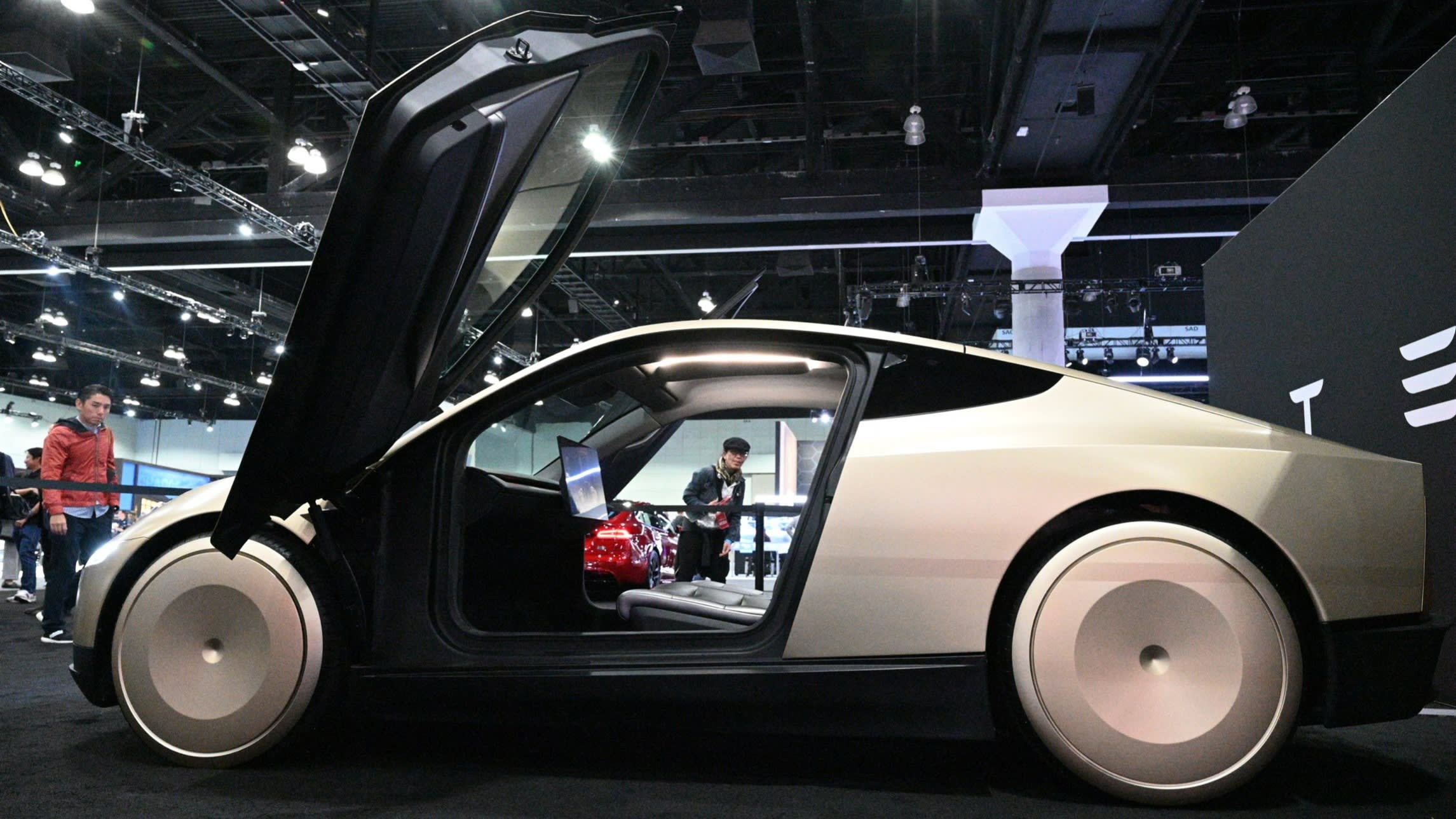
In a heated race for autonomous vehicle dominance, major US companies Tesla and Waymo are accelerating their self-driving car programs, with both firms announcing plans to expand their robotaxi services across American cities.
Tesla CEO Elon Musk recently declared the company will launch its robotaxi service in Austin, Texas by June, with plans to expand to California and other states. The electric vehicle maker is betting heavily on its camera-based autonomous driving system, which Musk claims costs significantly less than competitors' technology.
Meanwhile, Alphabet's Waymo, currently operating over 700 autonomous vehicles across multiple cities, revealed it may offer personal ownership options in the future. The company already runs the only fare-collecting uncrewed robotaxi service in the US, completing over 250,000 fully autonomous paid rides weekly.
The two companies represent contrasting approaches to self-driving technology. Tesla relies solely on cameras and artificial intelligence to keep costs down, while Waymo employs a more expensive combination of cameras, lidar sensors, and other equipment to create detailed 3D road maps.
However, industry experts caution about the challenges ahead, particularly regarding safety and liability. Tesla's upcoming robotaxi service would make the company directly responsible for accidents, unlike its current driver assistance systems where users bear responsibility. The autonomous vehicle sector recently saw GM's Cruise unit shut down operations following a major accident and subsequent investigation.
Waymo appears to be taking a more measured approach through partnerships with established companies like Uber, Hyundai, and Jaguar. The company operates in San Francisco, Phoenix, Los Angeles, and Austin, with planned expansions to Atlanta, Miami, and Washington, D.C.
As these companies push forward with their autonomous vehicle programs, the competition between different technological approaches and business models continues to shape the future of transportation in America.